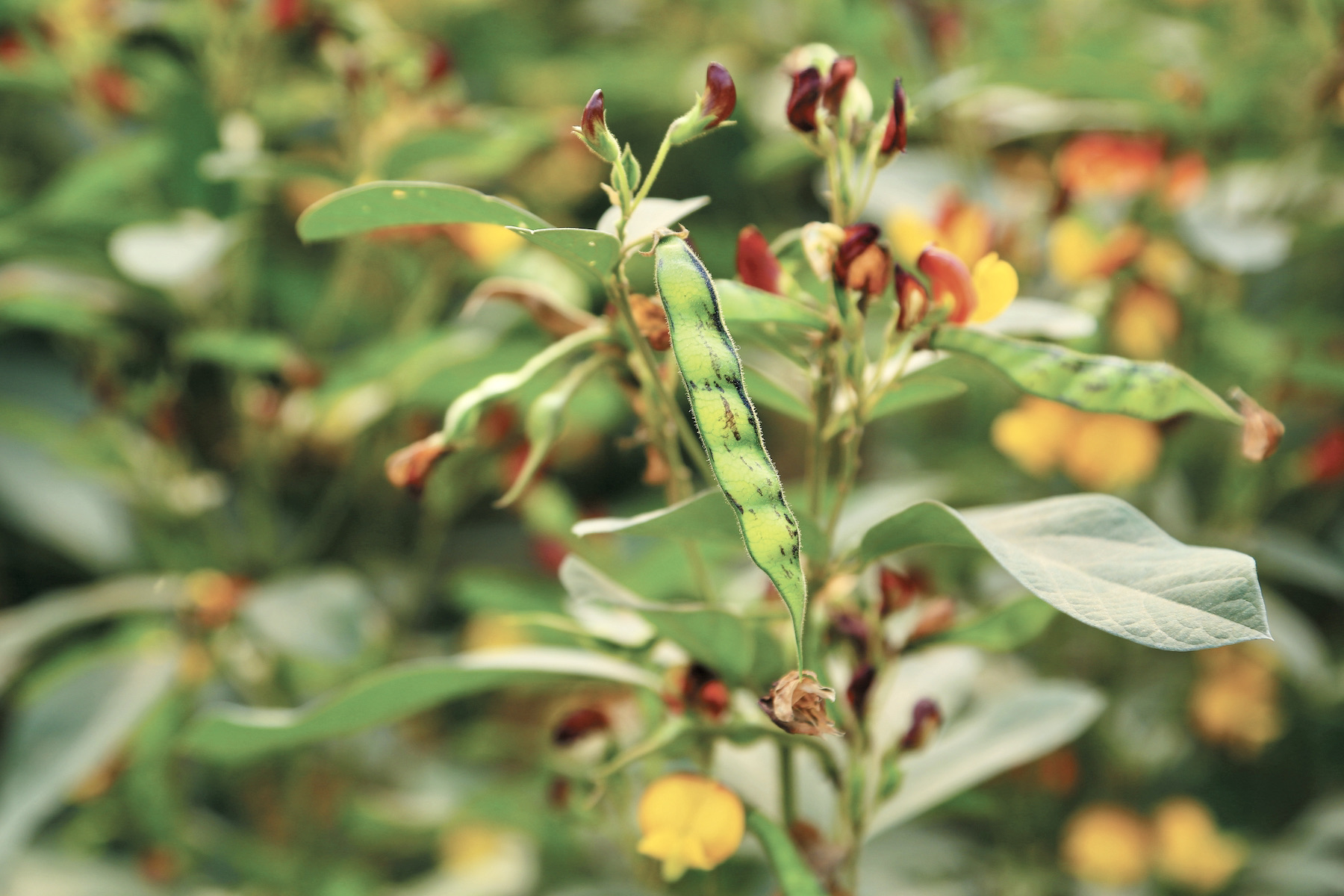Pigeon Pea
Cajanus
Pigeon pea is an important crop for small-scale farmers in semi-arid areas. Pigeon pea is drought-resistant and can be grown in areas with less than 650mm annual rainfall, and with low-input requirements.
Pigeon pea makes an important contribution to nutrition in subsistence diets, as it contains vitamin B and high levels of protein with important amino acids. Farmers most commonly cultivate pigeon pea in association with grain crops such as maize, sorghum or millet. The grain is described as having a nutty, earthy flavor.
The pigeon pea has a range of diverse uses. The seeds can be eaten fresh, as a vegetable, or dry in “dhal” – a South Asian staple. The seedpods and the leaves are used to feed livestock, and the plants functions as a “living fence” as well as providing “green manure” in many home gardens. The dry stems are used both as fuel and construction material.
There is a great diversity of local cultivars. In India, in particular, there are pigeon peas whose taste ranges from bitter to sweet, and whose color varies from black to creamy white. The crop exists both in annual and perennial forms.

